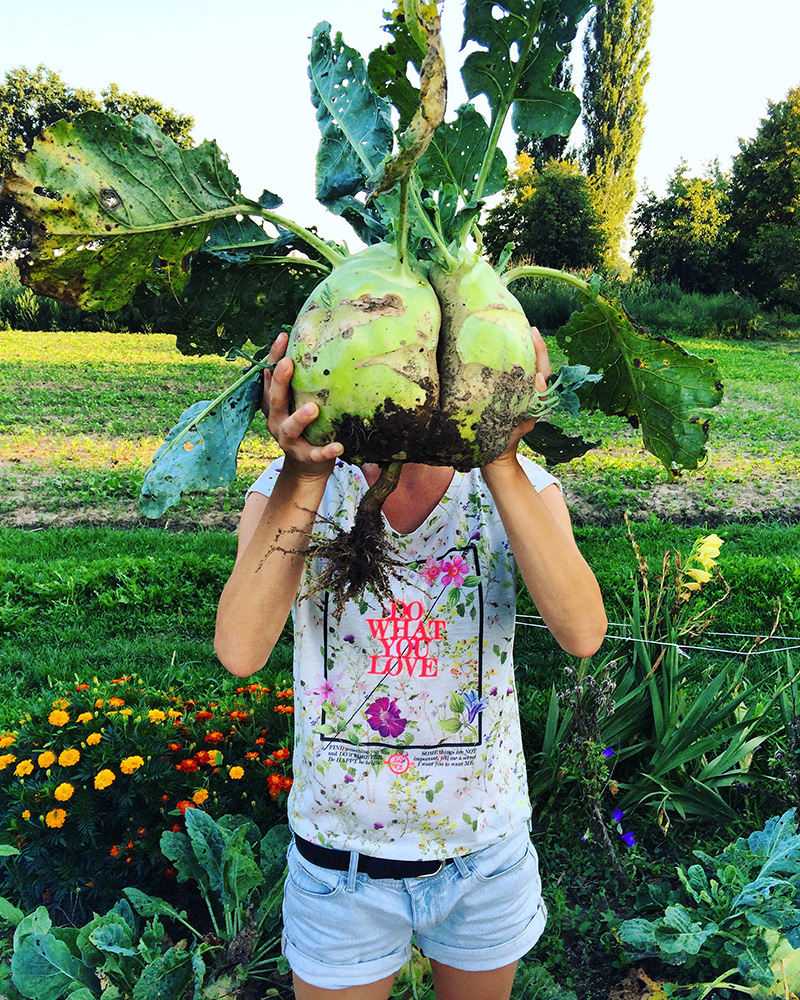The Hungarian Food Bank Association is Hungary’s largest distributive organization of surplus food for those in need. We visited their warehouse in Budapest, Hungary to learn more about how they operate and what are the biggest challenges in initiating social change through surplus food distribution.

Several global or local social issues seem rather simply managable if only those involved could better communicate. For example, there is so much surplus food around in the Western world – there must be a way to get all that stuff to the hungry. As it turns out, challenges about this problem come in all shapes and sizes.
Although the Hungarian Central Statistical Office does not keep a record anymore, a non-governmental research center ’Policy Agenda’ calculated that more than one-third of Hungarian families had a monthly income under living wage in 2016. This is relative in every country, and understanding the economic standards of any place can be challenging. To give a sense: a minimum amount of income per month for 2 adults and 2 children to meet basic needs in Hungary (i.e. the living wage rate) was 256 000 HUF (roughly 1000 USD) in 2016. Again, this is not for one person, but for 4. And one-third of the country lives on less than this money.
Finding effective ways to distribute food surplus is thus something of a question of life or death. There are lot of things people can do about this on an individual level, but real social change can only be initiated through a shift in corporate mindset – and with first-class project management skills.
The Hungarian National Food Chain Safety Office, the country’s highest bureau for control over the food chain, regulates the use of “best before” label on food products. Many of these foods are not allowed to be kept on store shelves, while they are still edible and not harmful for health. Getting these products to those in unfavorable social situation is key, and a huge management task.
Supermarket and other food chains in Hungary are becoming more open to participate in the work. The Hungarian Food Bank Association has been on this mission since 2005 to manage surplus food distribution according to the warehouse model. Instead of the frontline model, giving out collected food directly to end users, the Food Bank collects edible food from food chains and distributes it to more than 300 non-governmental social or charitable organization with predefined infrastructural background. In most cases, these organizations perform food distribution only as a side project, complementing their regular social support work. They must possess or have access to the transporting vehicles, personnel and venue by which they perform surplus food distribution. Also, they must be able to estimate the scale of people they can help, and the amount of food they can distribute among people in need.
In 2016 the Hungarian Food Bank Association allocated approximately 5000 tons of food between more than 300 000 people. This level of activity requires highly effective work in collecting donations, on which the Food Bank operates. Many Hungarian companies help under the name of corporate social responsibility, and some donation is coming from the regular public.
The Food Bank’s work is conducted mostly by volunteer workers, and they recruit new volunteers constantly. They run hugely successful campaigns to raise awareness, engaging in sport events and home pop-up restos alike. On November 29, they have a charity dinner in Budapest – get registered if you are around town, because the ticket for one dinner at the event supports the distribution of food for 250 (!!!) people through the Food Bank.
Find out more info about the Hungarian Food Bank Association.







